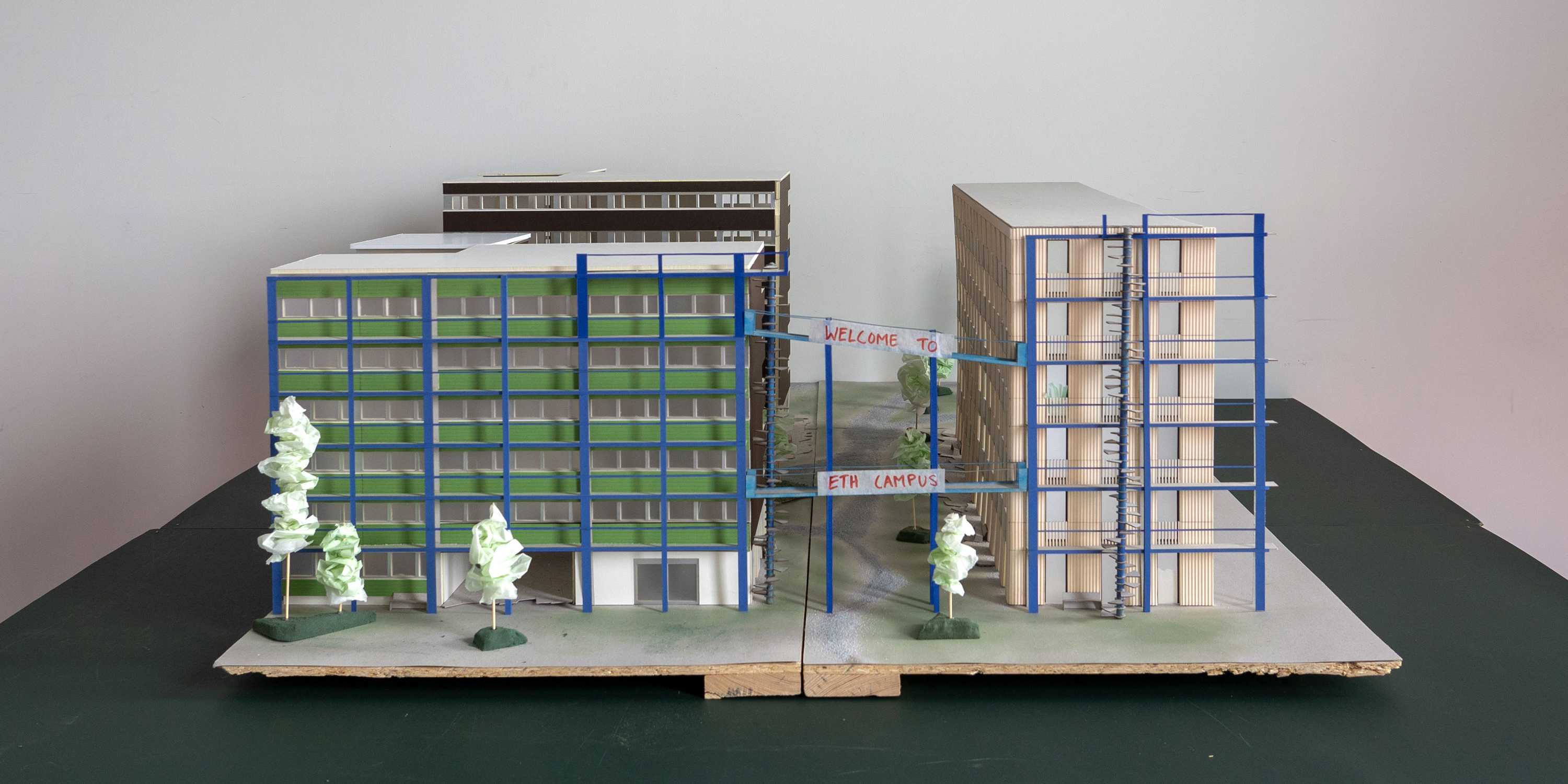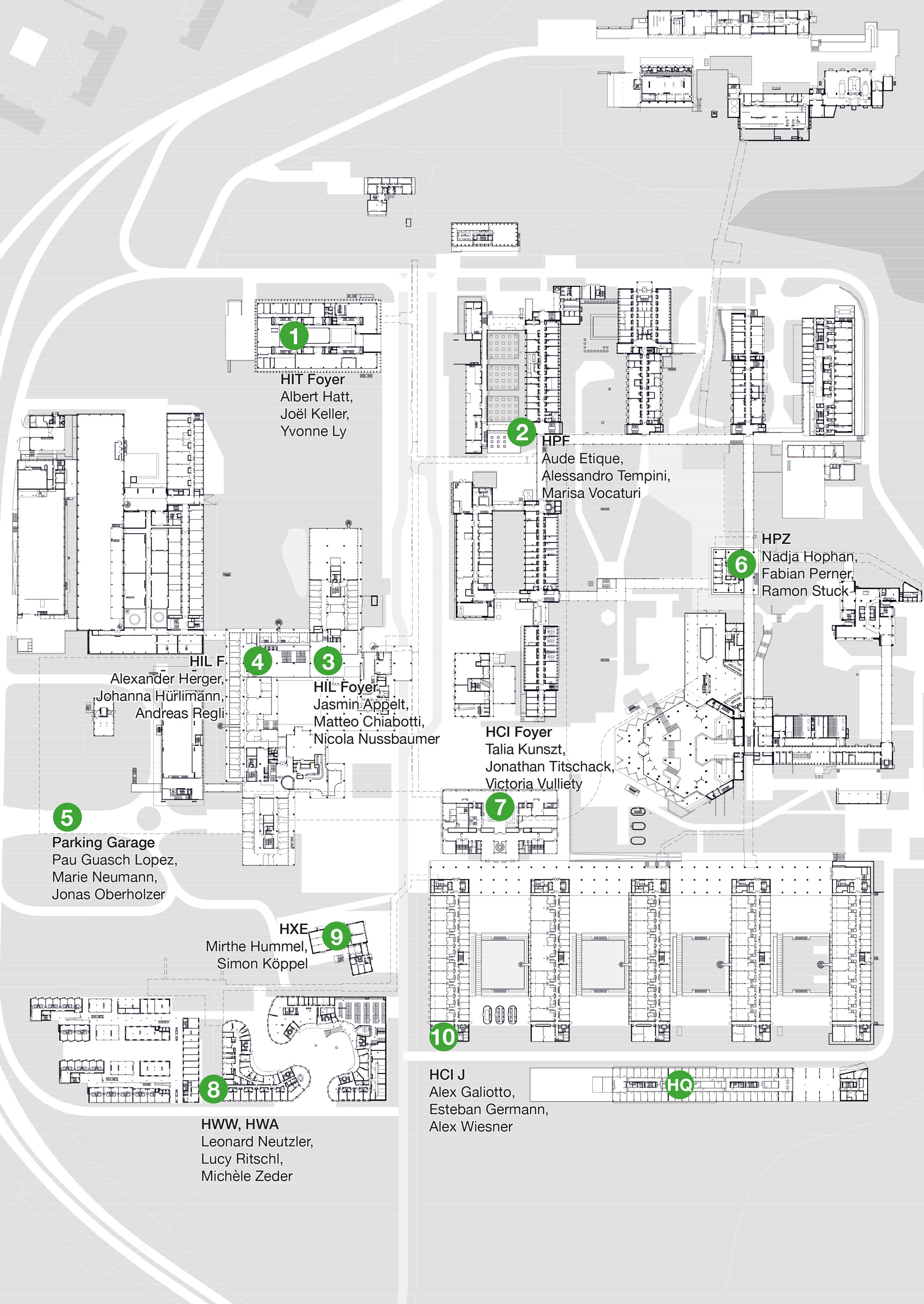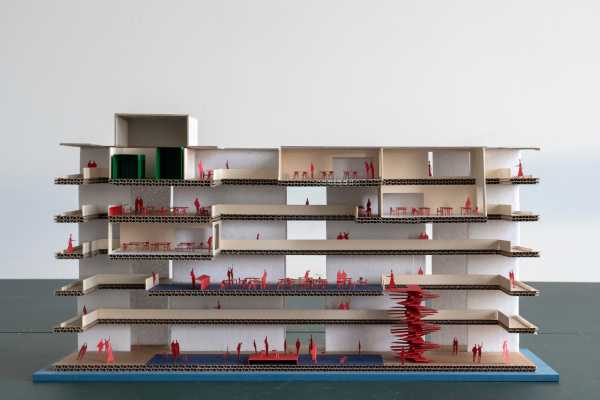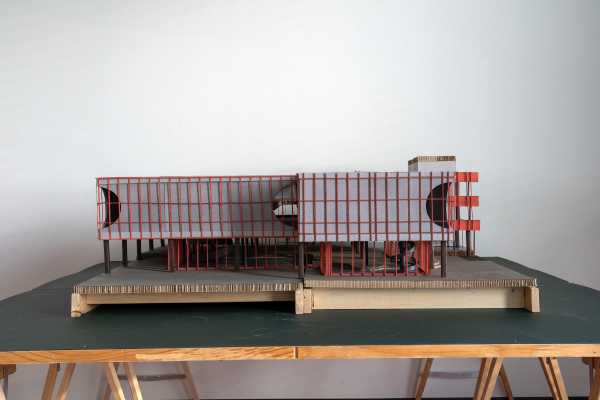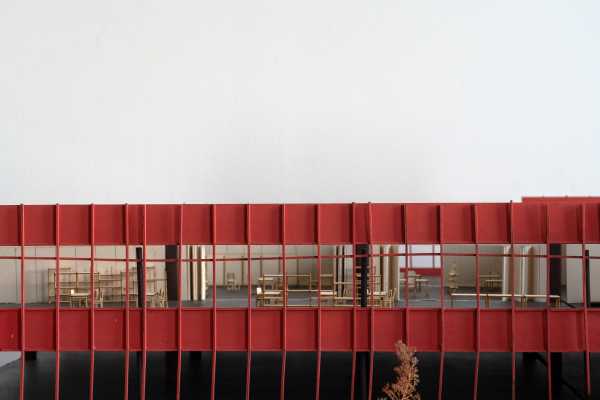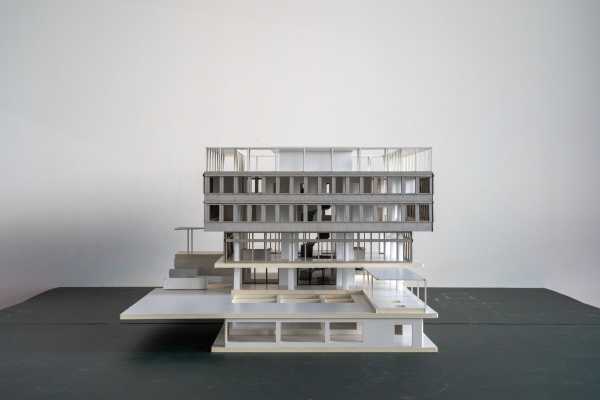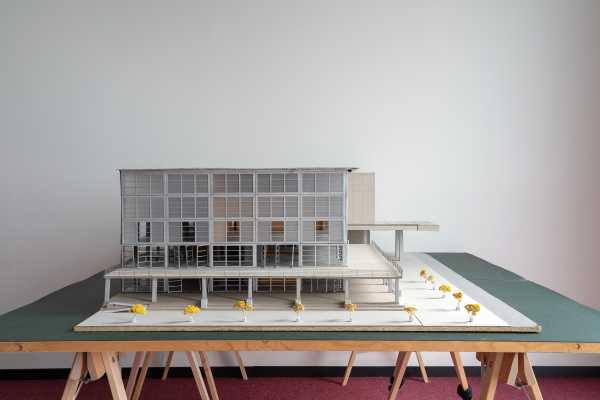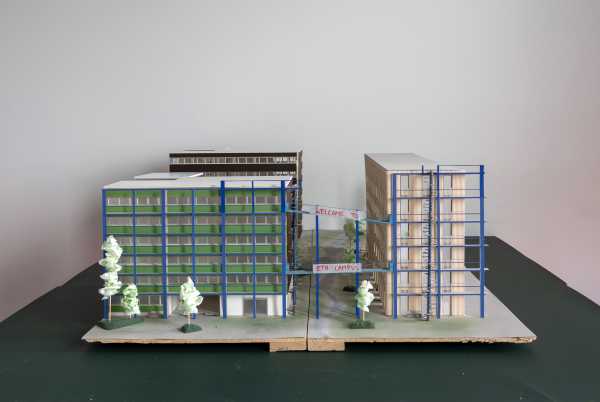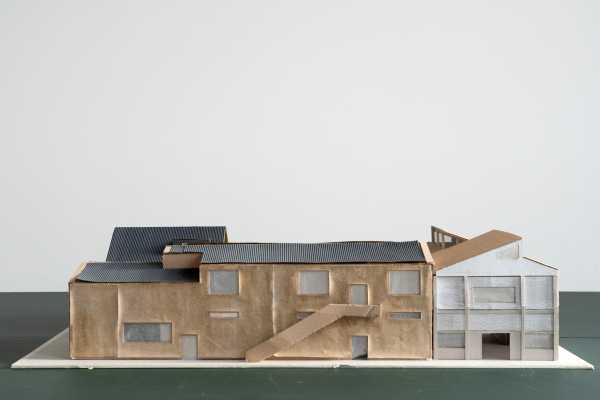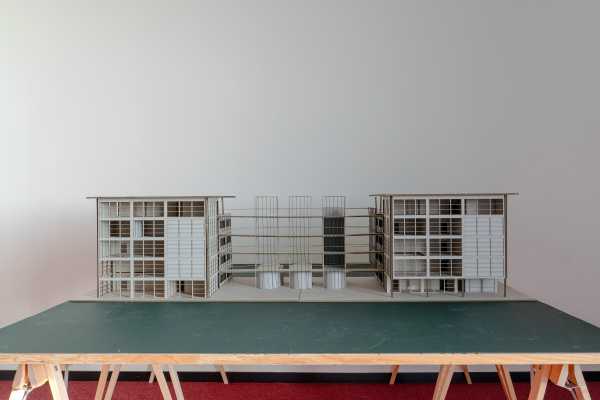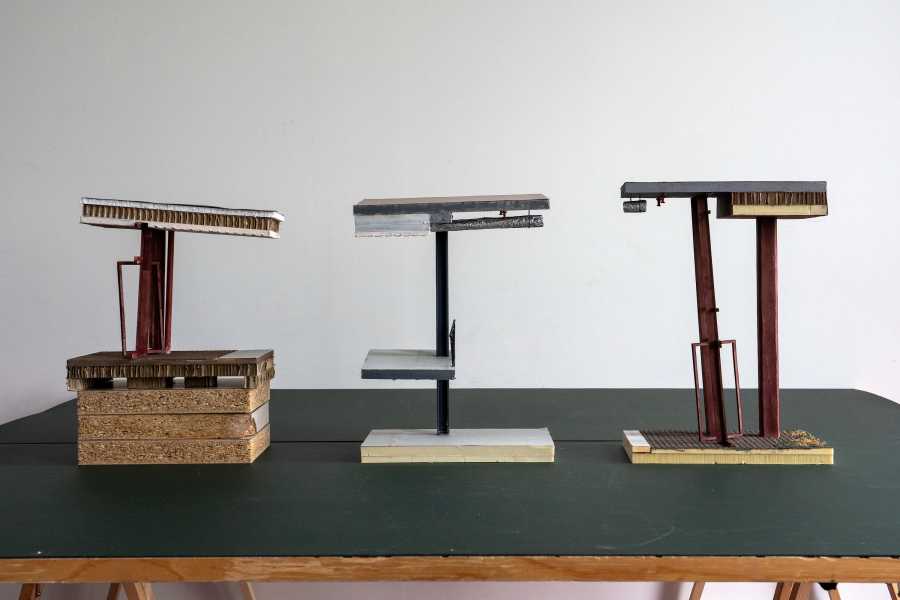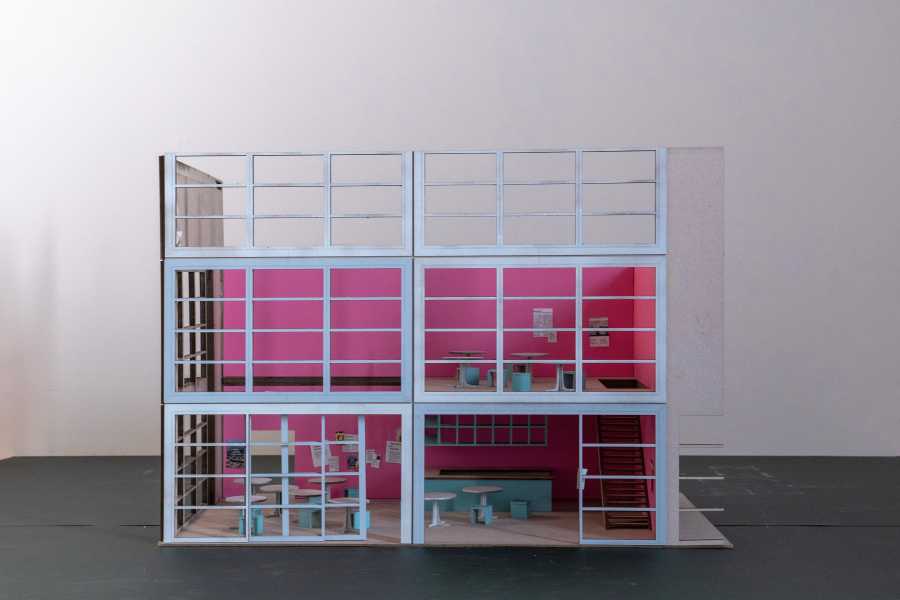With nearly 200 buildings in Zurich alone, accounting for five billion Swiss Francs, ETH Zurich’s real estate portfolio has a huge impact on the city. Usually, ETH Real Estate Management works together with external experts to assess, plan and realize buildings. Three semesters ago however, it embarked on a collaboration that harnesses the knowledge and the ideas of the students at the Department of Architecture. Professor An Fonteyne and her team have led design studios together with ETH Real Estate that looked closely at the real estate strategy of the institution, took stock of its buildings, public spaces and landscapes, and proposed alternative approaches for the future.
In the autumn of 2023, the Competence Centre for ETH Spatial Politics ETH-SP was founded to rethink how the Department of Architecture can contribute to the spacial development of ETH Zurich. The ETH-SP investigated buildings, masterplans, finances, occupancy and vacancy rates, energy consumption, competition strategies and decision-making processes. In the first semester of the collaboration, the students developed a catalogue of all ETH Zurich buildings, analyzed the portfolio and wrote five reports from different research angles, testing their conclusions through 15 case studies.
